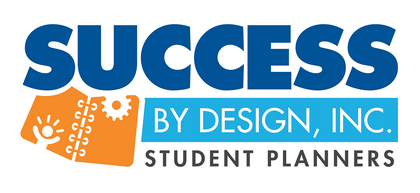
Career Exploration Activities for High School Students
Career preparation for high school students is crucial to setting learners up for success in choosing the right higher education institution and ca...- SBD, Inc.
- Tags: Administrator Resources High School Teaching Resources

Good Student Study Habits for High School Students
Students must learn to study effectively to improve their grades in school. However, strong study habits are only attainable when students understa...- SBD, Inc.
- Tags: Administrator Resources High School Teaching Resources

The Importance of Recess in Schools
Taking away recess has been a traditional punishment in schools for decades. Various states and lawmakers are trying to change this because, in tru...- SBD, Inc.
- Tags: Administrator Resources Elementary School Teaching Resources

3 Ways Principals Can Motivate Students
The common platitude, "There are no bad students, only bad teachers," is passed around conversations about education with ease. It's unlikely that ...- SBD, Inc.
- Tags: Administrator Resources
